It doesn’t mean that because you are a freelance designer, what matters to you is only how good you can work on your designs. Of course not! You chose this career to earn and to utilize your skills and abilities. So make sure that when you are charging fees to your client, you are charging them what you are worth as a designer. They are not just paying for the materials that you may be using but they are actually paying for your talent and creativity.
Many of you here (especially those who are new in the field) would like to know how much you should charge your client. Here are a few things that may help you determine your rate as a freelance graphic designer :
1. Assess yourself.

Image: AGCS Marketing
Before you decide on your rate, try assessing yourself as to your skills and how much you have mastered the requisites of being a graphic designer. Make sure that you are totally prepared for the job.
2. Charge what you are worth.

Image: Totally How To
Not all graphic design artists have the same skills and work performances. You must let your clients understand that better designers charge higher that amateur ones. Charging what you are worth will attract clients who could appreciate your ability as a designer.
3. Consider salaries of previous jobs.
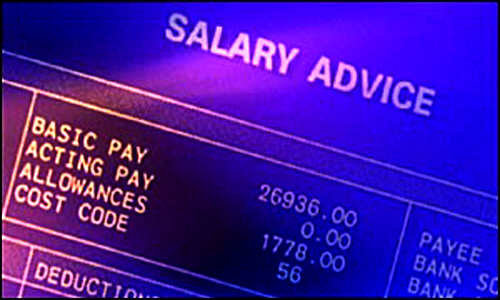
Image: BBC News
Before going into graphic design business, you could have other jobs where you did not receive good compensation. You may use this as one of the basis for your rate. You may want to receive more and that is okay as long as you work well.
4. Consider how much other graphic artists earn.
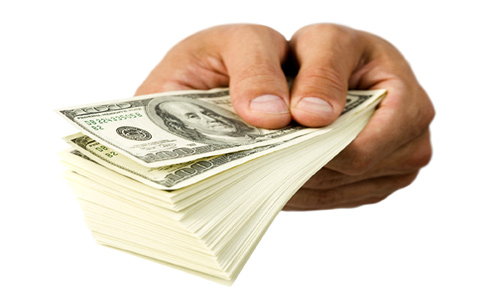
Image: tunecash
Ask other friends and colleagues who are also graphic design artists. Try to know how much they are charging and consult to them how much you could charge. It is not really necessary for you to follow what they say. What is important is that you have an idea of how much.
5. Consider your lifestyle.

Image: Averagesalaryforjob
Know what you need and how much extra money you need to finance your lifestyle. It would still be hard for you if you earn too little and there are still other things where you need to spend some money.
6. Consider the salary of available jobs where you are qualified.

Image: stevendepolo
For sure, there are other jobs in your place which you could work for in terms of qualifications. Look at the salary range and you could include this as one of the basis for determining your rate.
7. Have a reasonable amount of profit.
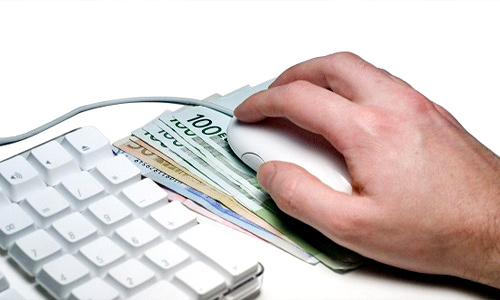
Image: RolutionAsia
In whatever business, profit is necessary for this is the amount which you can save. This is the amount of money which you can consider as a “take-home” pay.
8. Determine the workload and the time you’ll spend for the project.
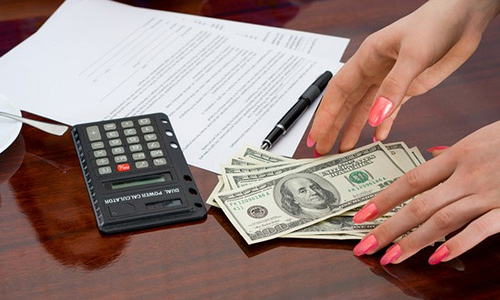
Image: thinkpanama
You need to know how huge or how small the project is and what are the things that you need to do. Know how much time you’ll spend working on it and be able to determine your billable hours. Billable hours refer to the hours you spent working on the project. This is different from the time you spend in marketing and others. Estimate your workload or calculate the average of billable hours you spend for previous projects. After getting your weekly billable hours, multiply it by 48 (number of weeks in a year) to get your yearly billable hours
9. Determine your business related expenses.

Image: epSos.de
Of course, there would be certain expenses for your business and you have to include these like hardware, software, office supplies and others. Consider this stuff for your rate.
10. Determine expenses for yourself.
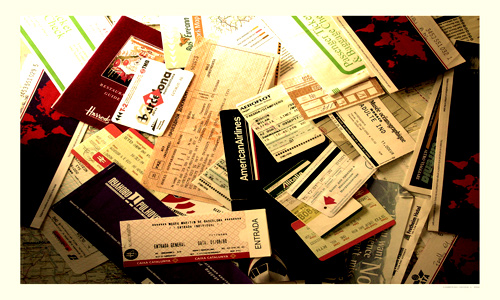
Image: gianf
Since you wouldn’t be able to avail of certain benefits that are usually acquired by those working in a company, you may include little adjustments for these.
After considering all those mentioned above, you can now compute your Hourly Rate and your Flat Rate.
Hourly Rate.
This refers to your rate per hour. In computing your hourly rate, add your yearly salary and your expenses and divide this by your billable hours. Remember that billable hours are the time you spend working on a project. You can make adjustments after reaching the amount.
Flat rate.
This refers to a rate that does not vary with usage or time of use. This benefits both you and the client for this gives an assured income to you and your client doesn’t have to worry about his budget. In calculating the flat rate, multiply your hourly rate by the number of hours you will spend in working on the project which includes meetings with your client, designing the project and all the processes involved.
Well, we hope that this article helped you in determining your rate as a graphic designer. If you have some other information to share, feel free to write it in the comment section below.








Wow! Thanks a lot. This is really helpful.
this post is very helpful, thank you for sharing.
Awesome post! Thanks for sharing! The one thing that a designer needs to take into account when determining their rates is that not every hour in an 8 hour day is billable. for example, you won’t be sitting designing for 8 hours a day. I use 5 hours a day as a billable average over a 5 day week.It would be less, but i’m trying to include some weekend work into the week 🙂
Calculate how much money you WANT to make over the 5 hours a week, and 22 days in a month.. Voila, you have your rate 🙂
Totally awesome tips. I love these graphical posts from Naldz, they really analyze the freelance lifestyle. and invoicing is a big part here 🙂
Great article, I like this kind of concise and helpful articles.
Congratulations Kareen. 😉